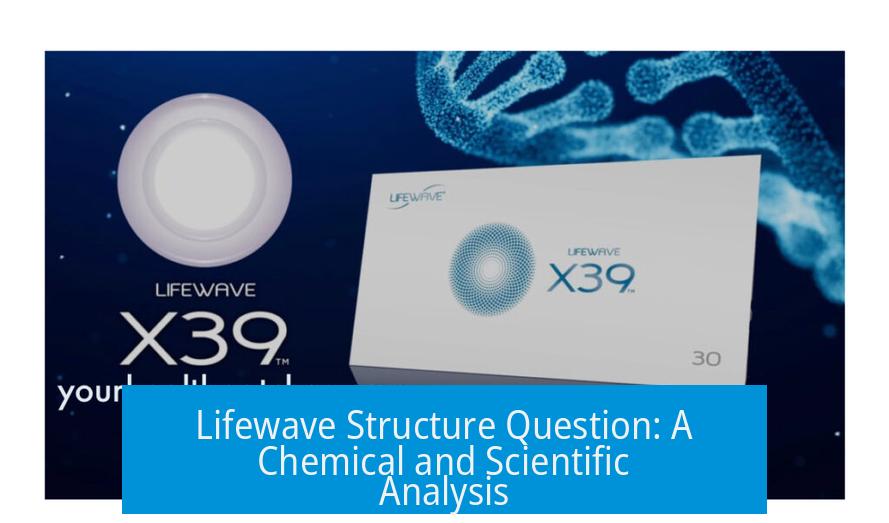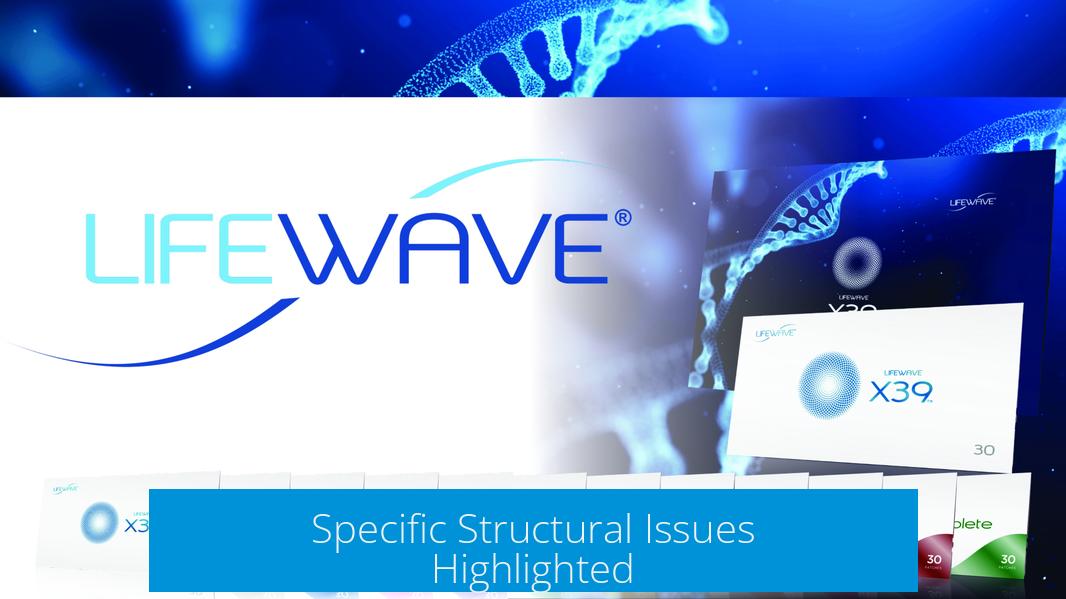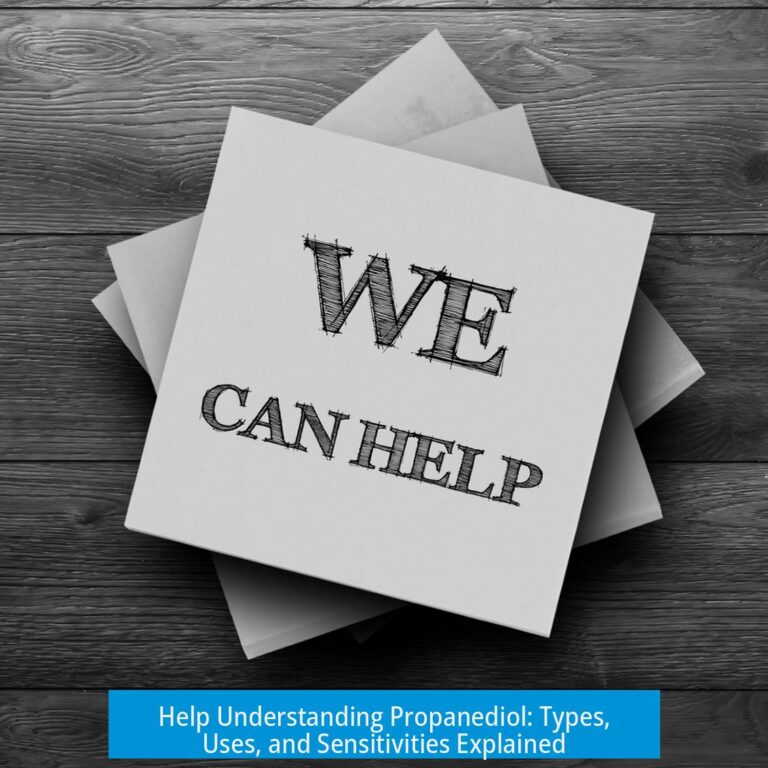Lifewave Structure Question: A Chemical and Scientific Analysis

The chemical structure presented by Lifewave contains numerous fundamental errors and is not scientifically plausible. Multiple aspects of bonding and molecular configuration violate well-established chemical rules, and the product’s proposed physical mechanisms lack theoretical support. This article explores these critiques in detail and examines their implications.
Fundamental Chemical Bonding Errors
At the core of the Lifewave structure issues is a misrepresentation of basic chemical bonding principles. Key points include:
- Hydrogen bonding: Hydrogen forms only one single covalent bond. Lifewave’s structure shows hydrogen with up to three bonds, a clear impossibility. No verified chemical structures exhibit hydrogen simultaneously bonded to more than one atom.
- Carbon valency: Carbon forms four covalent bonds to satisfy the octet rule. The structure depicts carbons with as few as two bonds, leaving incomplete octets and violating fundamental valence requirements.
- Oxygen bonding: Oxygen typically forms two bonds. Lifewave’s model shows oxygen atoms bonded just once or inconsistently, disregarding typical valence behavior.
- Unstable and impossible atoms: The presence of di- and trivalent carbons and hydrogens, tetravalent copper, and unsatisfactory oxygen and nitrogen valences undermine chemical stability and realism.
Such violations are unequivocal errors for anyone acquainted with chemical bonding. For example, the depicted C-H-C bonds within Lifewave’s upper ring repeatedly assign more than one bond to hydrogen, contradicting canonical chemistry. The structure would fail any serious academic evaluation.
Overall Plausibility and Scientific Validity
The entire molecule appears scientifically implausible. Critics observe:
- There is no precedence or example of such a structure in reputable chemical literature or databases.
- Attempts to justify the design with hexagonal motifs seen in organic chemistry miss critical bonding rules.
- Many chemists characterize the structure as nonsensical or akin to arbitrary art rather than molecular design.
- Academic reviewers warn that such a structure would receive a failing grade due to multiple violations.
The lack of basic chemical correctness even prompts negative personal reactions, highlighting how far removed this depiction is from chemical reality.
Specific Structural Issues Highlighted

Several structural details stand out as particularly problematic:
- Triple bonded hydrogen: Hydrogen engaging in triple bonds does not exist in chemistry; this is fundamentally wrong.
- Oxygen bonds: Two oxygen atoms attached to a carbon without proper hydrogens or correct bonding are chemically unsound.
- Irregular bond lengths and angles: The structure features unusually long or short carbon-carbon bonds that do not comply with accepted bond lengths and angles, contributing no functional purpose.
- Unusual bonding patterns: Sequences such as C-H-C-C-H are chemically invalid and cannot exist as shown.
- Metal valency errors: Copper is shown as tetravalent—beyond its normal coordination behavior—and nitrogen atoms have impossible valencies.
These observed errors reflect a lack of chemical rigor and understanding in the molecule’s design and presentation.
Lack of Realistic Chemical Features and Mechanisms
The chemical flaws extend to the physical and electronic behavior attributed to Lifewave’s structure:
- Absence of lone pairs and formal charges: The molecule lacks these features, which are essential to stability and chemical interactions.
- Hydrogen placement: Hydrogens cannot be part of ring systems with multiple bonds or share bonds with several atoms.
- Unclear molecular architecture: It is ambiguous whether the claimed structure is a bridged ring or a long-chain molecule, raising further doubts.
These shortcomings point to a superficial depiction disconnected from chemical reality.
Criticism of the Claimed Physical and Chemical Mechanisms
Misunderstanding Infrared and Fluorescence
Lifewave claims mechanisms based on infrared (IR) wave interaction and fluorescence properties of their molecule, but these claims do not hold up scientifically:
- Infrared absorption: To absorb IR radiation effectively, a molecule requires specific vibrational modes, often associated with polar bonds and functional groups that shift energy. The molecule’s structure, lacking conjugation or proper bonding, cannot absorb IR light as claimed.
- Fluorescence: Fluorescence depends on electron transitions between molecular orbitals within pi systems—specifically, transitions between HOMO (highest occupied molecular orbital) and LUMO (lowest unoccupied molecular orbital).
- The Lifewave structure does not contain the necessary pi bonding or conjugation to support these electron transitions.
- Claims of IR fluorescence (fluorescence in the infrared spectrum) are highly unlikely. Known fluorescent molecules function primarily with UV or visible light excitation, and IR fluorescence is rare and requires specialized molecular configurations.
- Reference to similar everyday phenomena (like socks reflecting heat) reveals misunderstanding. Emission or reflection of IR radiation by textiles involves physical processes unrelated to molecular fluorescence or chemical energy transitions.
In summary, physical chemistry fundamentals contradict the proposed functioning of the Lifewave molecule.
Personal and Social Reactions to Lifewave Product & Structure
User Responses to the Structure
The structure has triggered strong responses from chemists and consumers alike:
- Expressions of physical discomfort from viewing the structure suggest its inconsistency is jarring to trained eyes.
- Comments range from humor to outright disgust, highlighting a perceived lack of credibility.
- Some ridicule the impossibilities such as triple-bonded hydrogen or nonsensical carbon sequences.
Commentary on the Company and Product
Despite scientific criticism, some users report feeling better after using Lifewave patches:
- Testimonials claim relief and positive health changes, although these are anecdotal and not linked to the implausible chemical structure.
- Some defend the product and its effects, insisting the patents imply scientific validity.
- Others caution that personal experience should not override scientific assessment, noting the potential for placebo effects.
The tension between scientific critique and personal belief is palpable but should not replace evidence-based evaluation.
Resistance to Scientific Criticism
Attempts to address the structure’s flaws often meet resistance:
- Defenders dismiss critiques as misunderstandings or label the chemical structure as “art” rather than science.
- Some emphasize the emotional or testimonial appeal over empirical evaluation.
- Arguments sometimes devolve into accusations against critics or rejection of conventional scientific standards.
This resistance complicates rational discourse but underscores the importance of clear scientific communication.
Key Takeaways
- The Lifewave chemical structure shows multiple fundamental bonding errors violating hydrogen, carbon, oxygen, copper, and nitrogen valences.
- No confirmed examples exist of hydrogen atoms bonded to more than one atom; Lifewave’s depiction contradicts universal chemical knowledge.
- Molecular features necessary for IR absorption and fluorescence—such as pi bonding and conjugation—are absent.
- The chemical structure and physical mechanisms are scientifically implausible and lack theoretical support.
- User testimonials of health benefits do not validate the chemical claims and may be influenced by placebo effects or other factors.
- Scientific critique encounters resistance from product defenders, illustrating the challenge of reconciling anecdotal with empirical evidence.
What are the main chemical errors in the Lifewave structure?
The structure shows hydrogen forming up to three bonds, which is impossible. Carbon has fewer than four bonds, and oxygen has only one bond. These violate basic bonding rules and chemical stability.
Is the Lifewave structure scientifically plausible?
No. Chemists say the structure is not plausible and full of mistakes. It resembles random or AI-generated drawings, lacking real molecular features and proper bonding. It would fail any chemistry course.
Why is the concept of fluorescence and infrared absorption flawed in Lifewave’s explanation?
Fluorescence requires pi bonds and specific electron transitions absent in their structure. Also, molecules without proper conjugation cannot absorb infrared light as claimed, making their stated mechanism invalid.
What specific bonding issues are visible in the Lifewave molecule?
There are impossible features like triple bonded hydrogen and strange carbon-carbon bonds with odd lengths and angles. Copper and nitrogen atoms are shown with incorrect valences, further discrediting the structure.
How do experts react to Lifewave’s chemical claims?
Experts express strong criticism, calling it nonsense and an “illegitimate abomination.” They highlight how such errors show a lack of scientific seriousness and warn against misleading consumers.





Leave a Comment